Natural Dyeing: How to Dye Linen with Yellow Onion Skins
When it comes to sharing the process of natural dyeing, I like to make it as simple as possible for those of you that are new to this. With that in mind, I have put together another tutorial for you, this time using yellow onion skins. The yellow onion, which is botanically classified as Allium Cepa is apparently one of the oldest cultivated vegetables. The skins from the yellow onion can give a beautiful range of soft yellow to rich gold and all shades in between. Similar to Avocado stones the skins are high in tannin and because of this, the colour will bind to the fabric without the addition of any other ingredients or a mordant. A mordant is something you add when natural dyeing to help the bind & increase colourfastness. See my previous article ” Making Colour Stick” for more detailed information on mordants.
When you start saving your onion skins, be sure to store them in a bowl or brown paper bag until you have gathered enough, don’t store in a plastic or airtight container as they will sweat & go mouldy! Also don’t mix the red onion skins in with the yellow. Red onion skins give shades of brown which will muddy the rich yellow hues from the yellow onion.
Before you get started with this project, make sure you prepare your fabric correctly. Traditionally, the fabric has to be prepared by a method known as “scouring” which removes any residual impurities from the fibres of the fabric. If this is not done correctly you might get blotchy or inconsistent results. For a simple method pre-wash your fabric in your washing machine using 1 tsp. per yard of fabric with any of the following: soda crystals, baking soda, baking powder. If you are using Fabric Store linen PFD, this has already been “Prepared For Dye” & you can just rinse this with 1 tsp of detergent per yard of linen.
Tools
Water
Gloves
Strainer
Heat source
Wooden Spoon
PFD (Prepared for Dye) Linen
Skins from 10-16 yellow onions, the more you use the darker your shades will be.
A big Pot ( big enough to hold whatever you’re dyeing)
Container or bucket to soak your fabric after it has been washed & before it is added to the dye pot
Steps
Wash your fabric with 1tsp of any of the following baking soda, baking powder, soda crystals or dish soap, do not use detergent.
Fill your pot 3/4 with water & add your onion skins. The more onion skins the darker/ stronger your colours.
Bring to a boil, then reduce to a low simmer. Simmer for 1-2 hours then strain out your onion skins, these can be added to the compost.
Carefully place your prewashed & soaked linen into the dye pot & simmer on the lowest heat for at least 30 minutes.
Turn off the heat. If you want darker colours, leave your piece soaking in the pot overnight. If you want softer pale shades, remove your item once you have the colour you like.
Wash with an eco-friendly gentle detergent on a normal cycle and hang to dry.
FS PFD (Prepared for Dye) Linen comes in a variety of weights





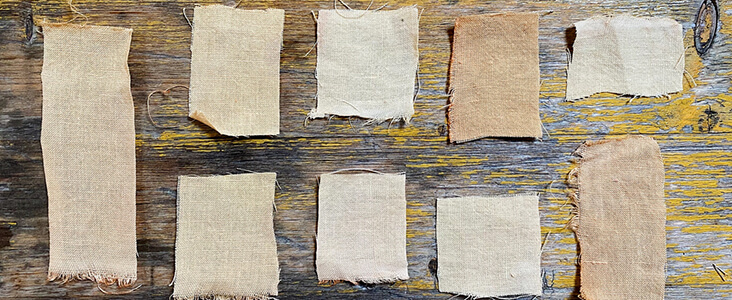
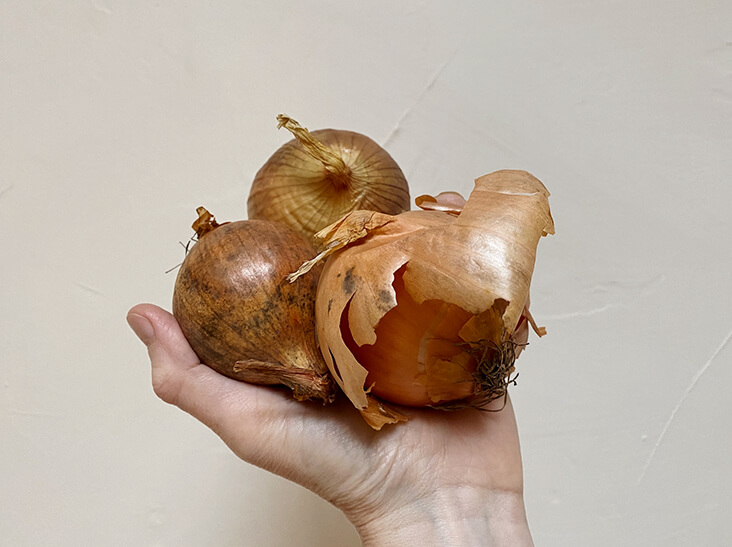
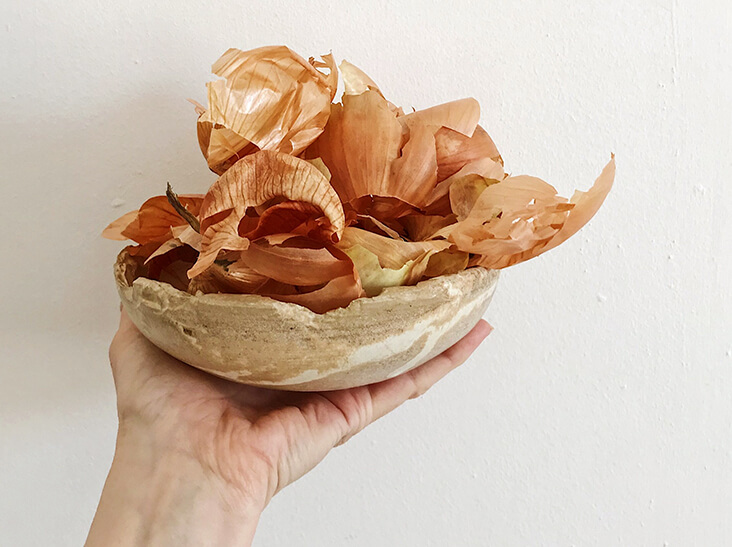
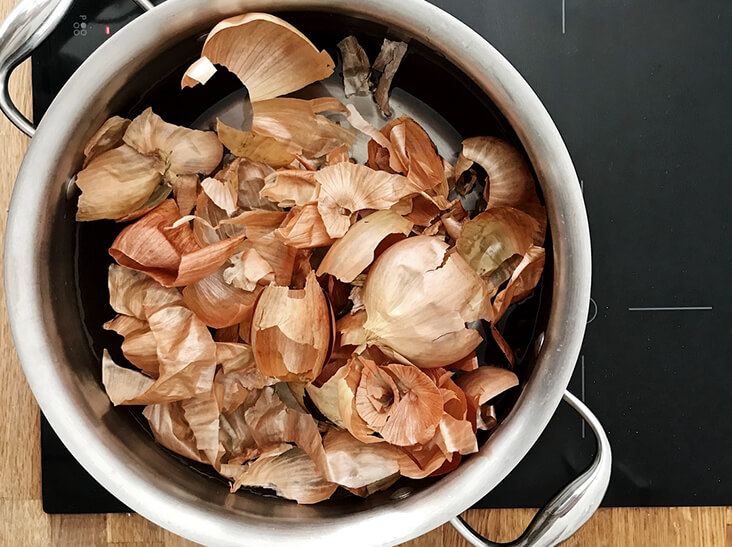
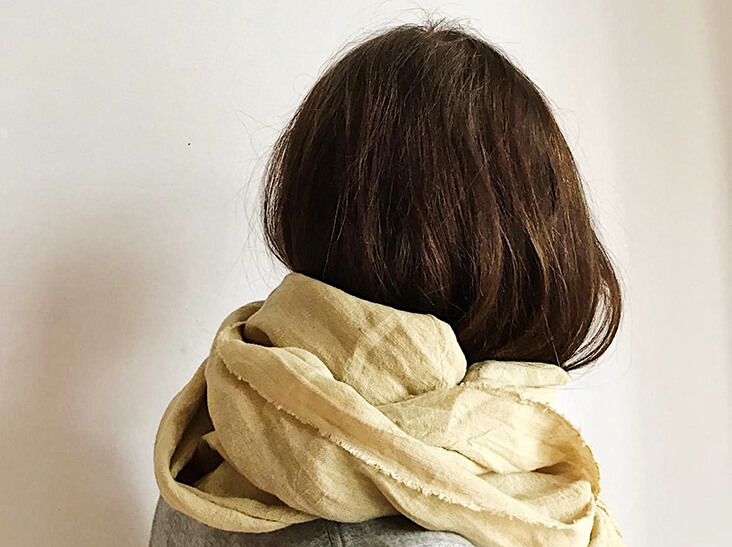

















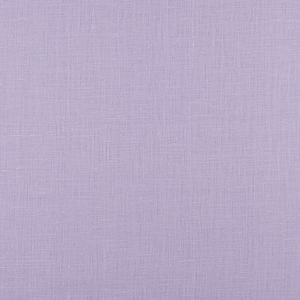


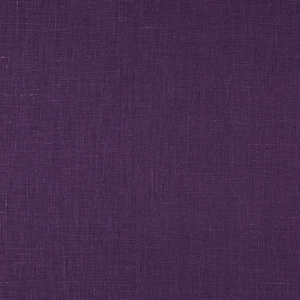
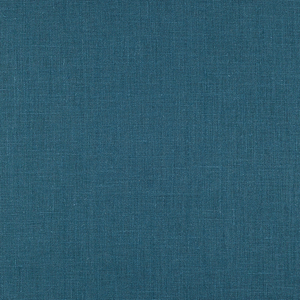


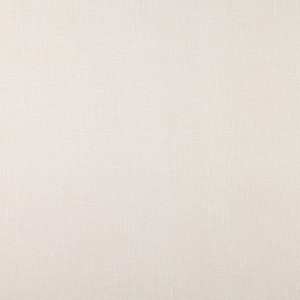


















10 Comments
TakaRai Xavier
This is so cool. Thank-you for sharing. When I read onion, the first thing that jumped into my mind was – could this be done with RED onions? Has anyone tried, if so, do you get a bright purple or shades of pink?
Kara Daniel
You can use red onion skins for dye. I’ve gotten browns and dark oranges from it. Experiment with a small batch and tiny bit of fabric!
Sandy Francsak
How long do you soak in soy milk? Any alternatives to soy milk
Kara Daniel
When I use soy milk as a mordant, I like to completely saturate the material, wring it out, hang it to air dry, then repeat 2-4 times. This builds up proteins on the fibers and helps hold color to the fabric. I’ve always heard to use soy milk, not sure about alternatives, but you could experiment with scraps of fabric and find out!
Sandy Francsak
Morning, I’m Sandy and I live close to you in Idaho I’m very interested in learning how to natural dye linen. What is the easiest way to prepare your linen to dye?
Thank you
Sandy
Sewauntiesandy@yahoo.com
Trish Seifert
I get so excited when I see that you have a new post! Because of you I have discovered the wonder of natural dying and I’ve had such fun! I now have several neighbors and friends saving their avocado stones for me as I LOVE the beautiful shades of pink they give. I also tried pinecones from our many trees on our property and got a lovely rich, warm brown. I live in southwest Washington state and am now always on the hunt for more things to dye with. My son is bringing me some Nettles from the coastal town where he lives. I look forward to anything else you have to share. Thank you for igniting in me a new and fascinating passion!
Kathryn Davey
Dear Trish,
Thank you so much for such a lovely comment, that is wonderful to hear. I love that your neighbours are saving avocados stones for you! That’s fantastic that you are experimenting and trying new things, I am sure there are a lot of plants & trees that you could dye with from your area. Nettles are a beautiful plant to use ( and also very good for you as a tea! ). Thanks again for your kind words, I am so happy to hear that you have discovered the joy of this craft and that it has ignited a newfound passion in you, how wonderful x Kathryn
Laurie Levites
I did an avocado pit dye last week, and after drying then rinsing, it lost about 75% of its beautiful color. Will this happen with onion skin also?
Trish Seifert
I have found it works really well to soak the fabric in soy milk first as a mordant and also to wait a few days to a week before rinsing after you dye. I hope that helps!
Kathryn Davey
Hi Laurie,
That’s unfortunate & I’m sure quite disappointing. I would recommend making sure you prepare or “scour” you fabric thoroughly prior to dyeing. You could also try dying in black tea before dyeing with either avocado or onion. This will add a base layer which would help the dye bind to the fabric. You could make a light tea bath, dye your fabric, rinse thoroughly then dye with whichever dye you are using. With the onion skins, I have had great results, some of the dye will wash out but it shouldn’t be too much, just make sure you clean the fabric thoroughly prior to dyeing. I hope this helps x Kathryn